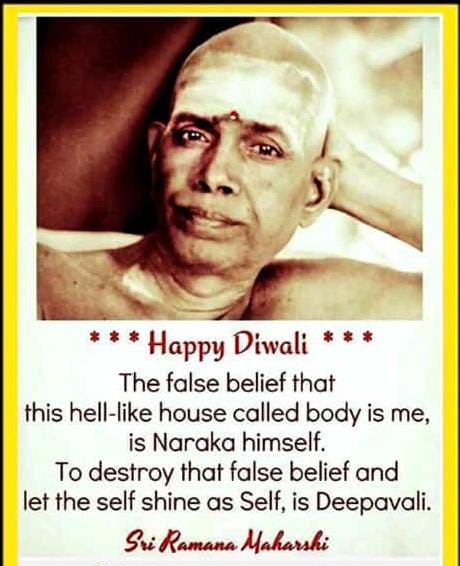Back in 1886, it was on this day that Sri Ramakrishna Paramahamsa, revealed himself as a ‘Kalpataru’ and spiritually awakened a large number of his devotees in Kasipur, Kolkata. ‘Kalpataru’ refers to the ‘Kalpaka Vriksha’ in Hinduism, that is a divine wish-fulfilling tree that bestows what is wished upon by an individual who stands below it. Just like the Kalpaka Vriksha, Bhagawan Sri Ramakrishna Paramahamsa bestowed spiritual awakening upon all of the devotees who were present with him that day. A disciple of Sri Ramakrishna, Ramachandra Dutta termed this day as ‘Kalpataru Day’, referring to the complete revelation of Sri Ramakrishna as a Kalpakavriksha.
On January 1st 1886 at Kasipur, where Sri Ramakrishna Paramahamsa had been undergoing treatment for his throat cancer, he felt particularly better on that day and came down from his room for a stroll on the spacious lawns of the garden-house. There, he asked one of his devotee, Girish Ghosh, “What have you seen that makes you glorify me publicly before one and all?”. Girish Ghosh overcome with emotion bows down to him and responded in a chocking voice, "He whose glory Vyasa and Valmiki (composers of Mahabharata and Ramayana) could not describe, what can I say? (He means to say that his master Ramakrishna is an avatar of Lord Rama and Krishna)". Hearing this Ramakrishna replied, "What more shall I say? May you all be spiritually awakened!". About thirty devotees were present and were scattered here and there in the garden. No sooner had he said these few words than they all went into deep spiritual states and some even went into Samadhi. What followed is best described in the words of Swami Saradananda, who had seen the whole episode from a distance:
"When the devotees heard those words of blessings and protection from fear, they raised repeated cries of joy. exclaiming, 'Glory to Ramakrishna!'. Some of them saluted him, some showered flowers, some again came and touched his feet."
The Master touched the devotees in that state of Samadhi and blessed them all. The effect was instantaneous. Swami Saradananda's account continues:
"...there arose by that marvelous touch a wonderful mood in the mind of each. Some of them began to laugh, some to weep, some to meditate, and some again to call aloud all others in order that they might also be blessed by receiving the grace of the Master ... and be sharers in the bliss that was overflowing."











